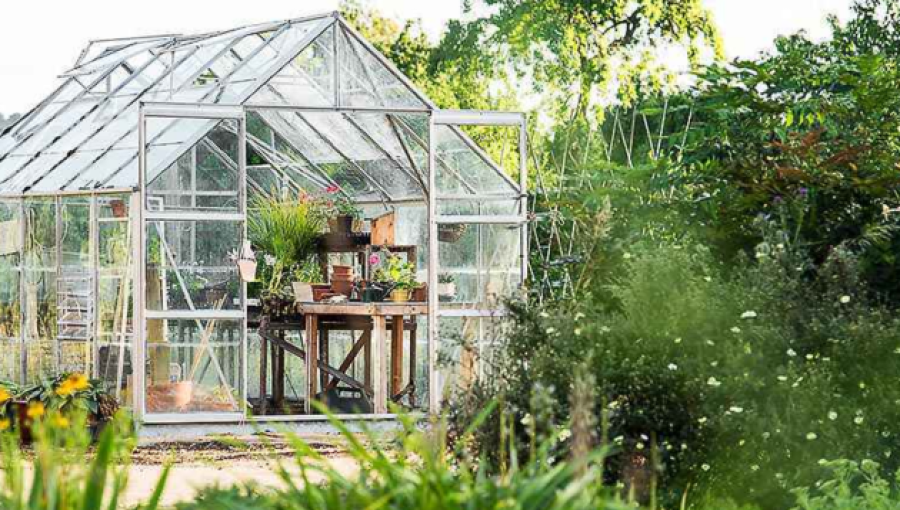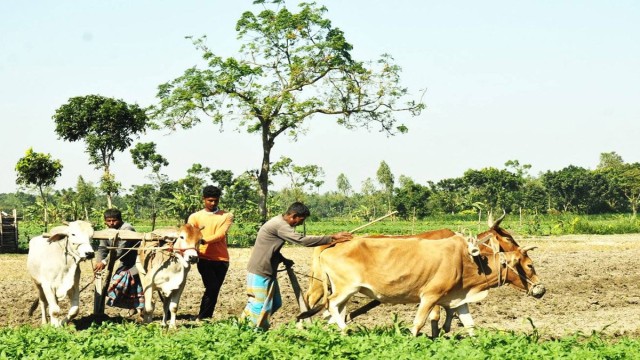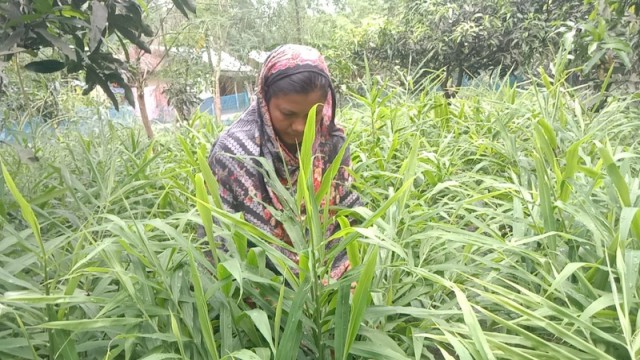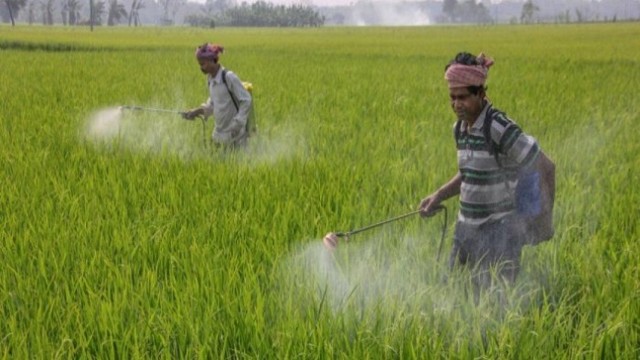Greenhouses have become indispensable in modern agriculture, providing year-round crop cultivation and sustainable food production. With their advanced technology and innovative designs, these structures are transforming farming practices globally.
From traditional glass to solar-powered, greenhouses come in various types, each offering unique benefits. Traditional glass greenhouses are iconic for their durability and excellent light transmission. Polyethylene film greenhouses are cost-effective and versatile, allowing flexibility in design. High-tunnel greenhouses, known for their resilience, protect crops from harsh weather conditions, making them ideal for small-scale farmers. Solar greenhouses, at the forefront of sustainability, utilize solar power to maintain optimal growing conditions, even in cold climates.
These greenhouses play a crucial role in modern agriculture for several reasons. Firstly, they extend growing seasons, enabling year-round cultivation. Secondly, they provide precise climate control, ensuring optimal conditions for plant growth. Additionally, they serve as laboratories for agricultural research, driving advancements in crop genetics and cultivation techniques.
Furthermore, they act as barriers against pests and diseases, reducing the need for pesticides. Moreover, they offer optimal light exposure, promoting photosynthesis and healthy plant development. They also contribute to water conservation through advanced irrigation systems, minimizing water waste. Furthermore, they enhance crop quality and yield by providing a controlled environment. Lastly, they maximize space efficiency, enabling agriculture in urban settings through innovative methods like hydroponics.
Greenhouses represent a beacon of hope amidst global challenges, offering sustainable and efficient solutions for food production. From traditional glass structures to cutting-edge solar designs, these facilities are shaping the future of agriculture.































Comment: